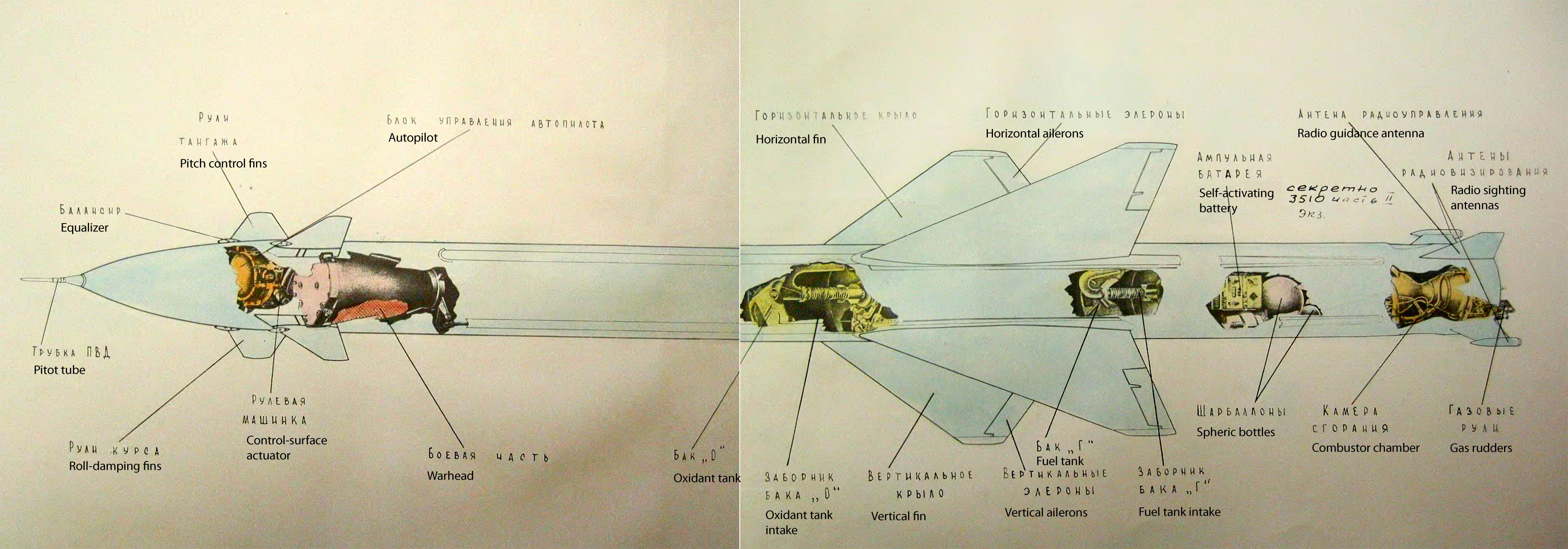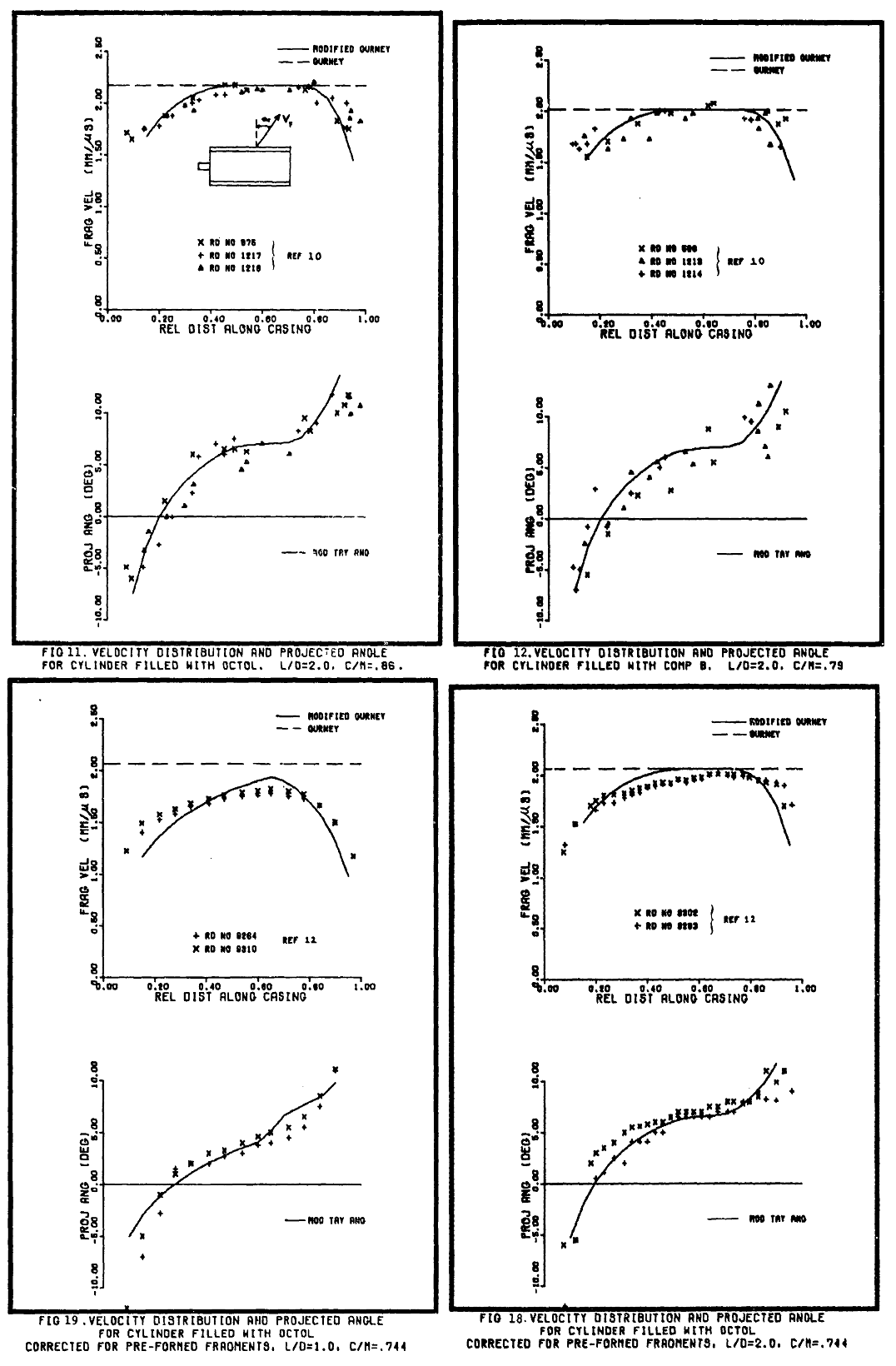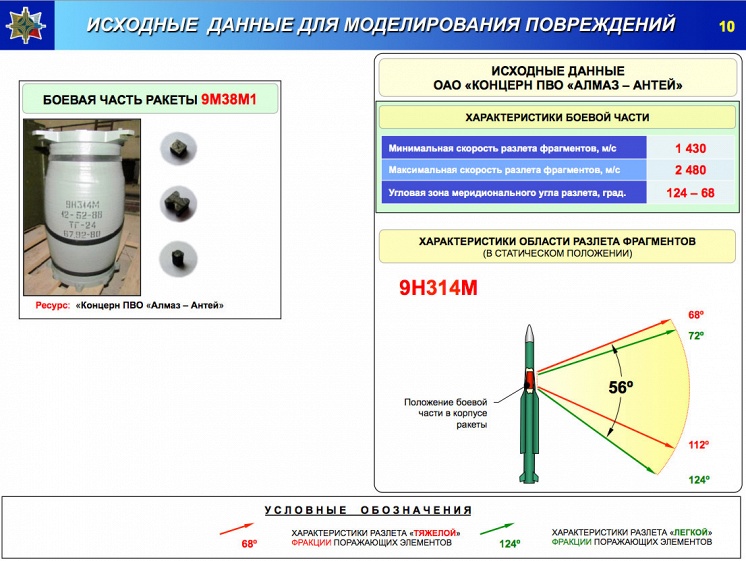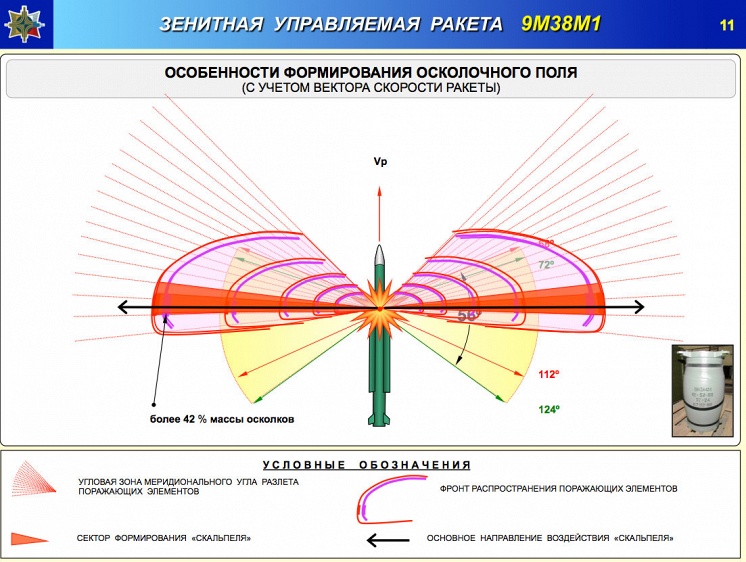ad_2015
Member
Do you have math which describe freedom of deisgners?Not really. But the graphics you posted seem to leave the designers some degree of freedom by the way they arrange heavy an light fragments, and by the way they shape the actual surface of the warhead.
My models from post #515 take your numbers at face value and still run into serious problems with the Snizhne scenario. If one wants to talk away these problems with some 3D inclination of the missile at the intercept point, then the missile must have been launched much closer to the last FDR position thus no longer being a Snizhne-missile but becoming a Torez-missile.
Taking into account AA has the roof debris located wrong, a missile in a diving inclination would make more sense, moving the expected damage to the roof of the a/c further to the port side and moving the expected damage below the point of detonation further to the starboard side. Thus the impacts on the copilot's seat would be even easier to explain. So taking your numbers at face value IMHO the least unlikely scenario is a long range shot from somewhere close to 180°.
Another data point that has to be taken into account is the fact that the fuel didn't ignite until the a/c hit the ground, so it's unlikely that a large amount of shrapnel or the missile itself hit the tanks.
What the shape of actual surface of warhead you talking about?
Im dont see any problems with Snizhne scenario - you look on half of picture.
S missile dont have certain location so im can talk about S missile with any range from last FDR point if eleveation angle of missile will good for damage pattern. At same time, Z missile have fixed point. So missile from Z cannot have diving inclination.
And damage pattern for Z missile dont have any chance to leave concentrated damage on co-pilot chair, but should leave exit holes on left skin.
Right now im fight with believers in myths "Lancet" and "Perpendicular saw".
After debunk this falsification, can built simulation what missile can leave present damage pattern on B777.





















